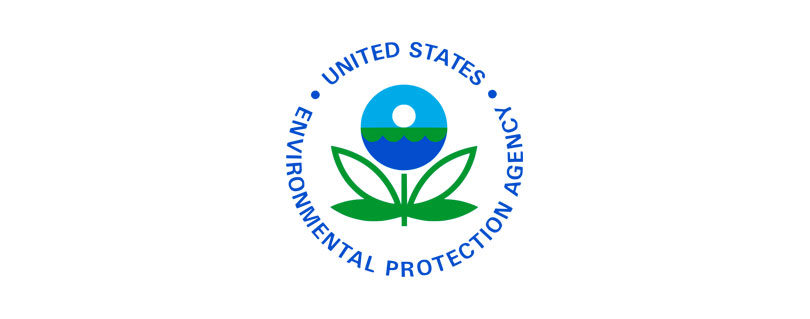EPA to Add Louisiana Superfund Site to the National Priorities List
Publilshed by the U.S. Environmental Protection Agency (EPA)
DALLAS, TEXAS – (March 29th, 2023)– The U.S. Environmental Protection Agency is proposing to add the Louisiana Superfund site Capitol Lakes to the National Priorities List. The NPL is a roster of the nation’s most contaminated sites that threaten human health or the environment. By adding this site to the NPL, the EPA can prioritize funding for cleanup and necessary enforcement action.
“When we add a site to the National Priorities List, EPA is committing to permanently addressing contamination on-site and ensuring surrounding communities receive the protection and support they deserve,” said EPA Administrator Michael S. Regan. “Thanks to President Biden’s investments in America, EPA is making sure complex hazardous waste sites get the long-term federal financial assistance and cleanup support they need to safeguard critical resources families rely on, like clean drinking water.”
“The EPA remains committed to ensuring the safety and health of citizens who live near these Superfund sites,” said Regional Administrator Dr. Earthea Nance. “By adding the Capitol Lakes site to the NPL, we are enforcing environmental justice and taking action to remove a threat that impacts the environment and public health. I would like to thank the Biden Administration and LDEQ for working with us on ensuring the health of Baton Rouge residents remains a top priority.”
“This is the first step in restoring these key assets to their designated uses,” LDEQ Secretary Dr. Chuck Carr Brown said. “Once the lakes are clean again, all Capital area residents will be able to take advantage of these centrally located water bodies for sports and recreation, and a potential source of ongoing pollution will be removed thanks to the assistance of our federal partners.”
The Capitol Lakes site encompasses three lakes in Baton Rouge, Louisiana; North Lake, South Lake, and East Lake and occupies 60 acres adjacent to the Capitol Building and the Governor’s Mansion. In 1972, Polychlorinated Biphenyls (PCBs) were detected in the sediment, PCBs are a variety of chemicals that can cause liver damage and skin conditions. In addition to PCB-contaminated sediments, PCBs have been detected in fish tissue samples collected from North and South Lakes beginning in the 1980’s and in April 2022. Based on detected PCB concentrations in the fish tissue samples, a fishing advisory was established to warn residents of the issue and is still in place as of March 2023.
The Louisiana Department of Environmental Quality conducted a Remedial Investigation/Feasibility Study in the late 1990’s. Currently, LDEQ continues to collect fish tissue samples on an annual basis in support of the fishing advisory. The LDEQ referred the site to the EPA in spring/summer of 2021, once it was discovered long-term remediation options were limited. In April 2022, the EPA performed a site reassessment on the lakes, in which both sediment samples and fish tissue samples were collected and analyzed for chemical constituents. Chemical analysis of lake sediment samples indicated the presence of PCBs. Fish tissue analysis continued to detect PCB concentrations above the Human Food Chain Cancer Risk benchmark. To address safety concerns and to remove a threat to the environment, the EPA is moving forward with proposing this site to the NPL. In addition to the Capitol Lake site, the EPA is adding one site to the NPL while proposing to add three more sites.
The EPA is adding the following site to the National Priorities List:
- East Basin Road Groundwater site in New Castle, Delaware.
The EPA is proposing to add the following sites to the National Priorities List:
- Federated Metals Corp Whiting in Hammond, Indiana.
- Capitol Lakes in Baton Rouge, Louisiana.
- Fansteel Metals/FMRI in Muskogee, Oklahoma.
- Lukachukai Mountains Mining District in Cove, Navajo Nation, Arizona.
The sites included in this announcement demonstrate the EPA’s commitment to priority environmental issues like the long-term protection of drinking water, reducing childhood lead exposure, remediating contamination from per-and polyfluoroalkyl substances, addressing the legacy of uranium contamination in the Navajo Nation, and advancing environmental justice. All the sites being added or proposed to be added to the National Priorities List are in communities with potential environmental justice concerns based on data from EJSCREEN.
Thousands of contaminated sites, from landfills, to processing plants, to manufacturing facilities, exist nationally due to hazardous waste being dumped, left out in the open, or otherwise improperly managed. President Biden’s Bipartisan Infrastructure Law accelerates the EPA’s work to clean up this pollution with a $3.5 billion investment in the Superfund Remedial Program. The law also reinstates the Superfund chemical excise taxes, making it one of the largest investments in American history to address legacy pollution. This historic investment strengthens the EPA’s ability to tackle threats to human health and the environment from Superfund National Priorities List sites.
The Superfund program is credited for handling the most hazardous sites in our nation and for providing significant health improvements among residents who live in close proximity to these sites. For information about Superfund and the NPL, please visit the EPA’s Superfund webpage. For Federal Register notices and supporting documents for the NPL and proposed sites, please visit: New Proposed and New Superfund National Priorities List Sites.
Connect with the Environmental Protection Agency Region 6 on Facebook, Twitter, or visit our homepage.
Read the full article at: https://www.epa.gov/newsreleases/epa-add-louisiana-superfund-site-national-priorities-list




